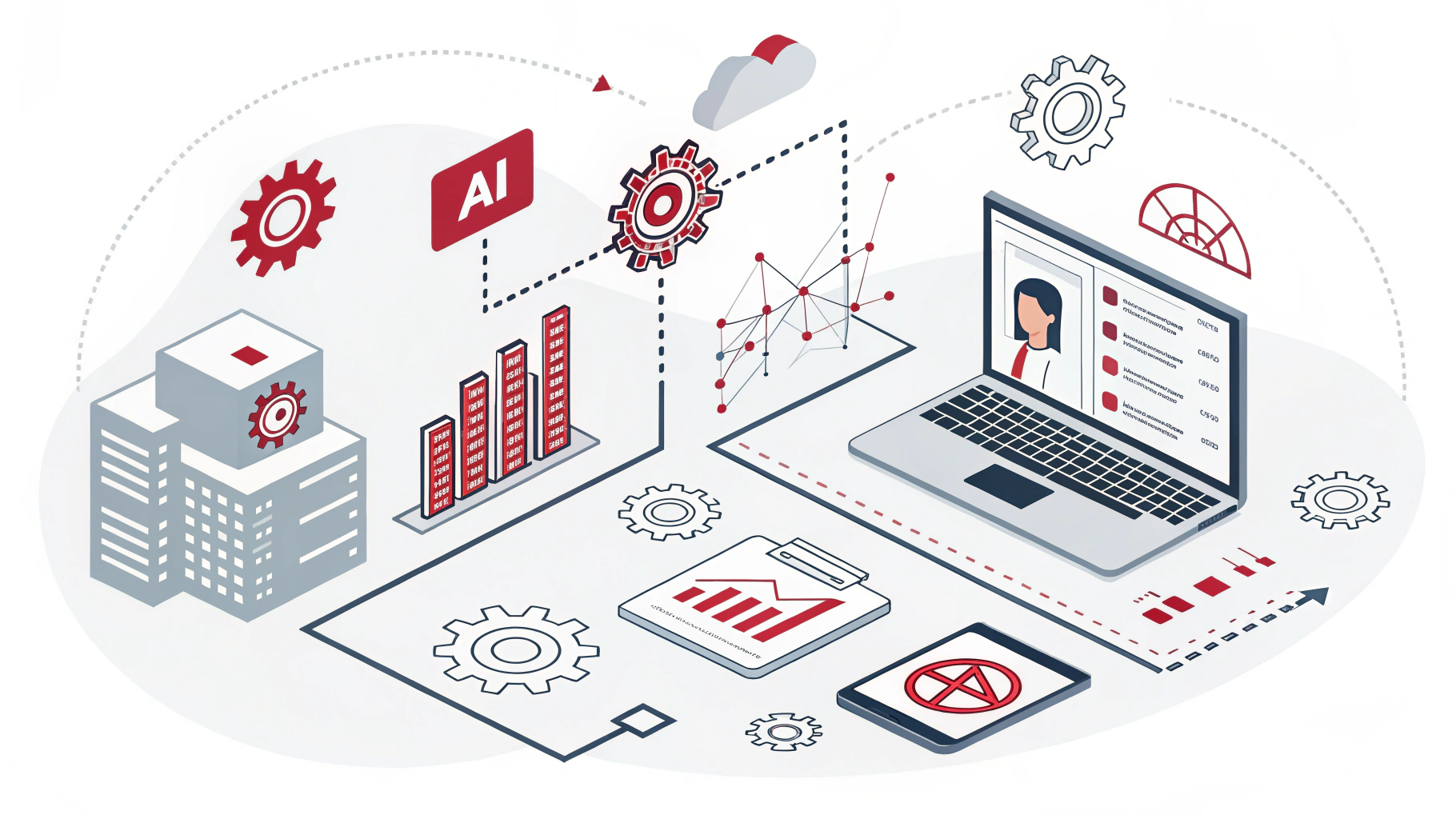Ways tech companies can reduce their carbon footprint
When we think of industries that need to mitigate their environmental impact, oil and gas, consumer packaged goods, and manufacturing immediately come to mind.
However, the software industry is not far behind. Although people perceive it as a lesser contributor to climate change due to being “asset-light,” its carbon footprint is substantial.
Research shows that digital technology currently generates 3.5% of all greenhouse gas emissions, with energy consumption rising by about 6% each year. Just a few years ago, the UN reported that the tech industry contributed a staggering 2-3% of global carbon emissions.
This is no small figure – it matches the environmental impact of the aviation industry. That’s why software companies must take responsibility and build sustainable products as well.
What contributes to the carbon footprint of software companies?
The software carbon footprint refers to the total greenhouse gas (GHG) emissions that developers generate during the development, deployment, and usage of software applications. It also includes how mobile apps, digital technologies, online activities, and the energy consumption from operating digital devices, networks, and services impact the environment.
Key considerations to calculate:
You need access to identify the source of emissions and detailed data regarding the energy consumption, carbon intensity, and hardware that your software is running on.
Emissions can be from data centers, device manufacturing, office premises, and cloud computing.
How can software companies reduce their carbon footprints
Adopt energy-efficient coding practices
- Optimizing code: Write code that minimizes resource consumption, such as optimizing algorithms that minimize CPU and memory usage.
- Reducing idle cycles: Do not let the processes run unnecessarily in the background; reduce energy waste.
- Efficient data handling: Minimize data transfers and process only what’s needed to reduce resource load.
- Leveraging hardware acceleration: Utilizing hardware features like GPUs or specialized chips for more efficient processing.
- Using energy-efficient languages and frameworks: Choose technologies known for low power consumption during execution.
Improve performance on the front end
Ask people what they value most in their web experience; most will tell you speed. Speed plays a critical role in user experience, and even minor changes in performance significantly affect user behavior.
Google reported that a half-second delay can reduce traffic by 20%, and Pinterest found that reducing perceived wait times by 40% increased sign-ups by 15%.
Improving front-end performance directly reduces emissions. When our application page loads in two seconds, the user’s CPU runs fewer cycles and returns to an idle state faster, consuming less battery. Faster load times and better website performance lead to lower battery consumption and reduced carbon emissions.
Enable shorter data transmission
When you host data closer to your customers, the information travels a shorter distance, meaning fewer servers handle the data, which reduces electrical usage. However, this isn’t always possible. That’s where a content delivery network (CDN) helps.
A CDN uses its own network of servers worldwide to deliver static website content, allowing a customer in Australia to access an application from a local server faster than if the content traveled from the U.S. or Europe. It also saves electricity and reduces carbon emissions.
Invest in better server utilization
Sometimes, a product consists of over 15,000 systems, with each system running on a different server, which leads to inefficient resource and energy use. You can overcome this challenge by adopting container technologies like Kubernetes.
These technologies let you define how much compute resources each backend service should use and pack more applications onto each machine. This improves server utilization, reduces resource waste, lowers operating costs, and decreases the infrastructure footprint.
As technology leaders, we must understand and address our carbon footprint. By prioritizing efficiency, we can drive the systemic changes needed to reduce greenhouse gas emissions, enhance the user experience, and achieve long-term cost savings—an excellent incentive for both your team and the company to contribute.








